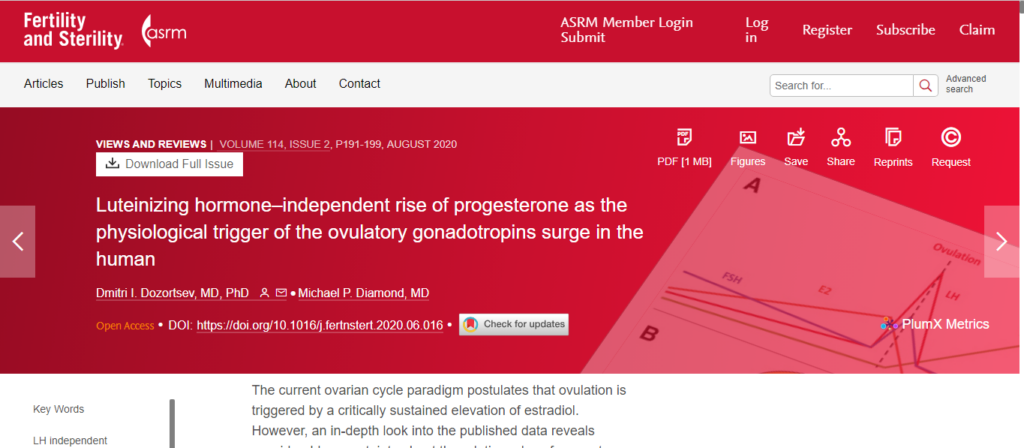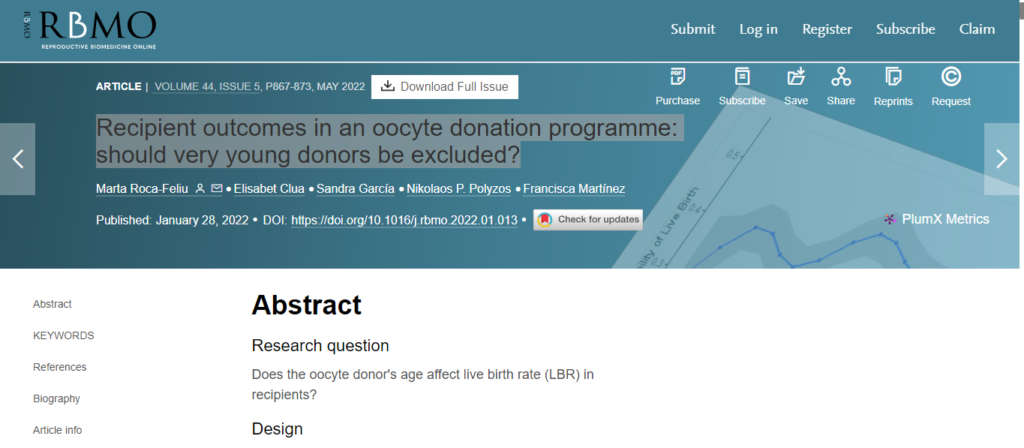Houston, TX – Dr. Dmitri Dozortsev of Advanced Fertility Center of Texas, a world-renown IVF expert has developed a method for embryo biopsy, which minimizes the collateral damage to the embryo: Minimal Impact Biopsy or MIB.
Preimplantation genetics screening becomes a common place in IVF. It requires human embryo biopsy during its preimplantation development in embryology facility.
Human embryos are very vulnerable during this time making it paramount to carefully balance the safety of the embryo against harvesting an adequate number of cells for testing.
Today the state of the art embryo biopsy is performed on the day 5 or 6 of preimplantation development, when a human embryo has a well-defined trophectoderm, which will become a placenta after implantation.
However, safely performing the biopsy at this stage is challenging, because there is no space between the shell of the embryo and the trophectoderm and opening the shell with the multiple laser shots damages a considerable number of adjacent cells.
Therefore, an alternative approach is hatching embryos on day 3 so that on the day of the biopsy the embryo would hatch through the artificially created opening, facilitating subsequent biopsy on day 5 or 6.
Yet, manipulations at this stage may slow embryo development and may in fact be detrimental for some embryos.
Minimal impact biopsy begins by collapsing all expanding blastocysts using a single laser shot about 15 minutes before scheduled biopsy.
Collapsing the blastocyst before actual cells harvesting create a large space between embryo shell and the trophectoderm enabling safe and easily standardized embryo biopsy.
Minimal impact biopsy allows to avoid manipulations with an embryo at the most vulnerable stage of development, provides full control over what section of the embryo will be removed during the biopsy, enables a high level of uniformity of the procedure and finally, but very importantly reduced stress for an embryology practitioner.



